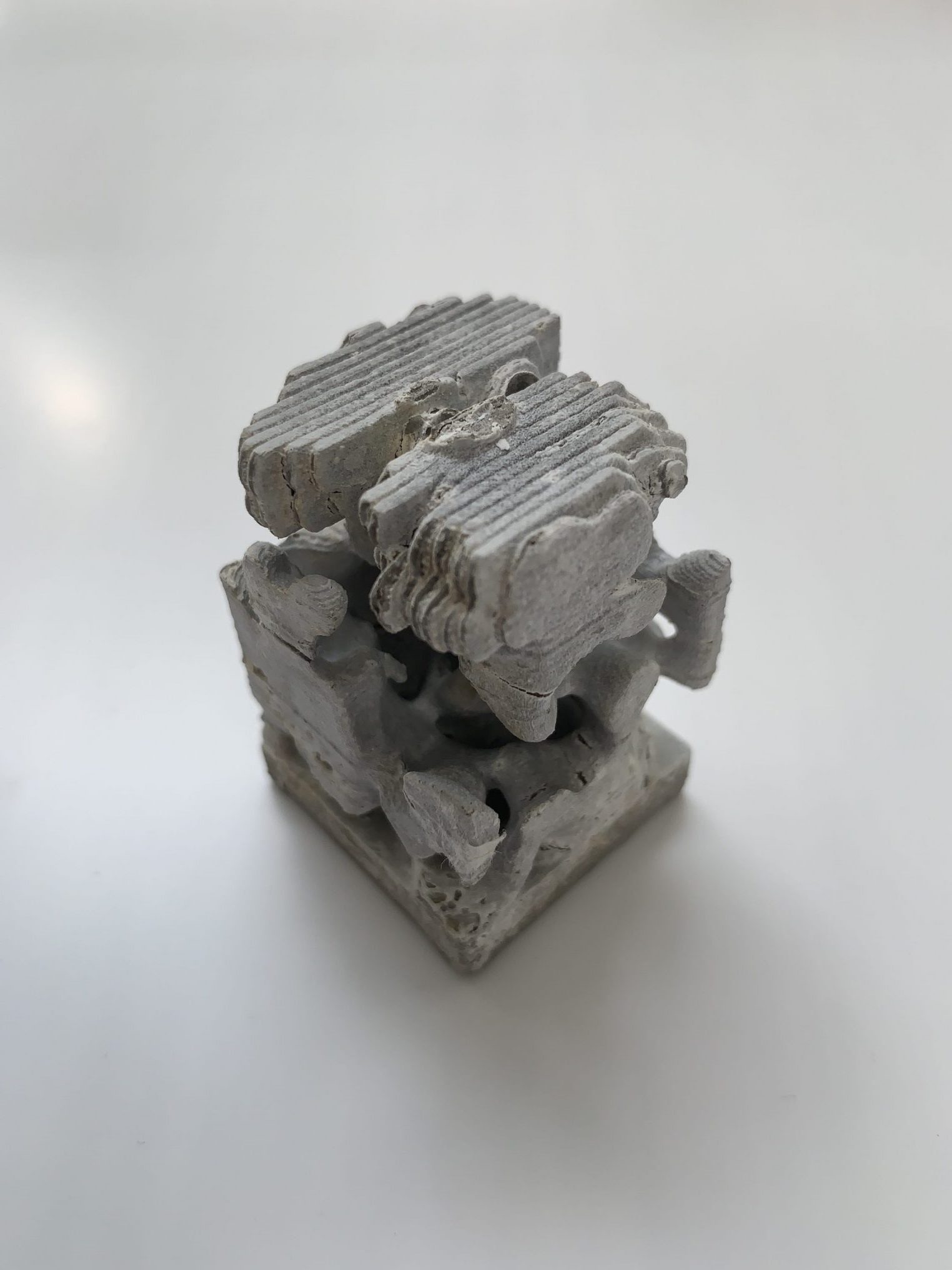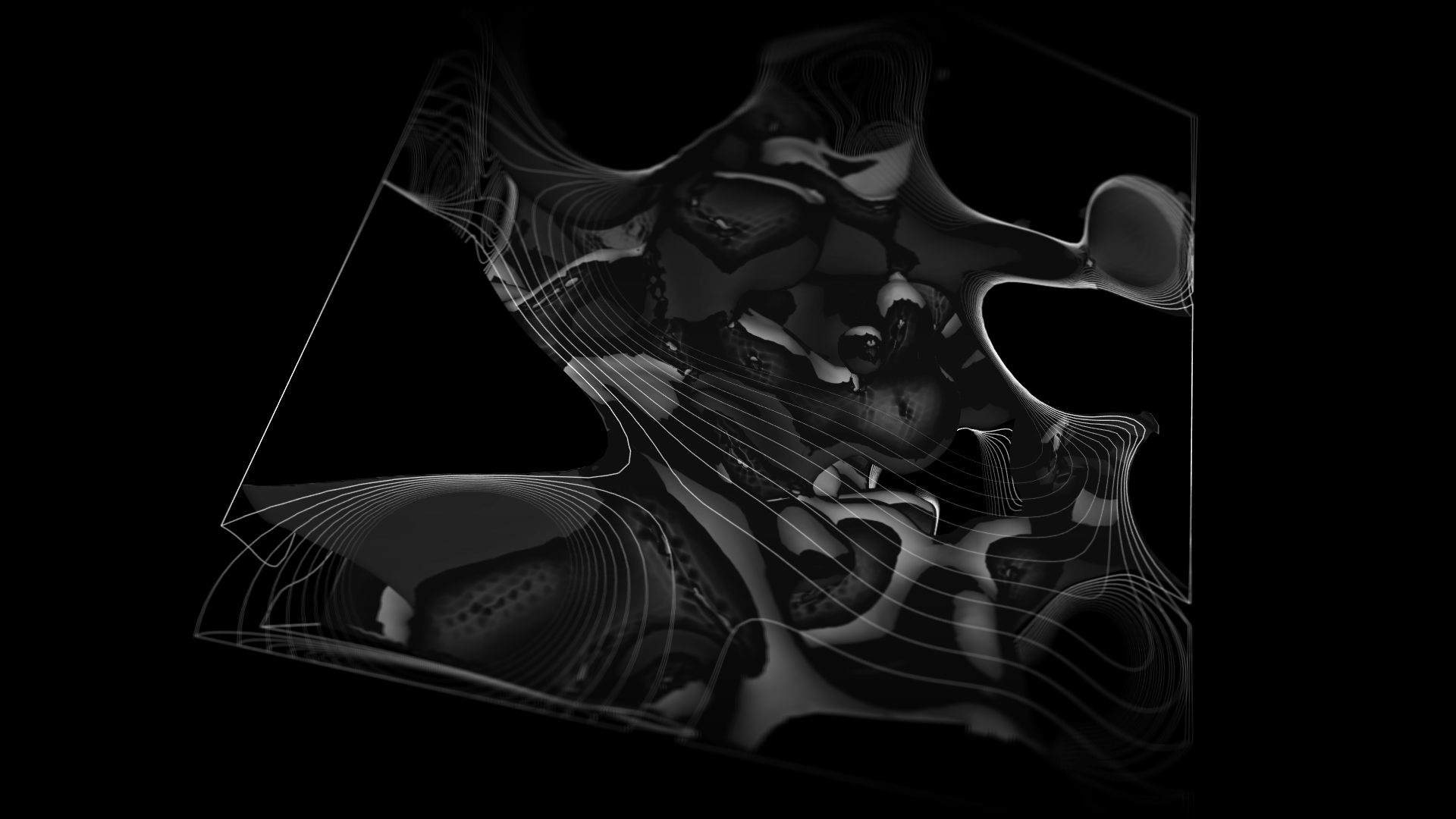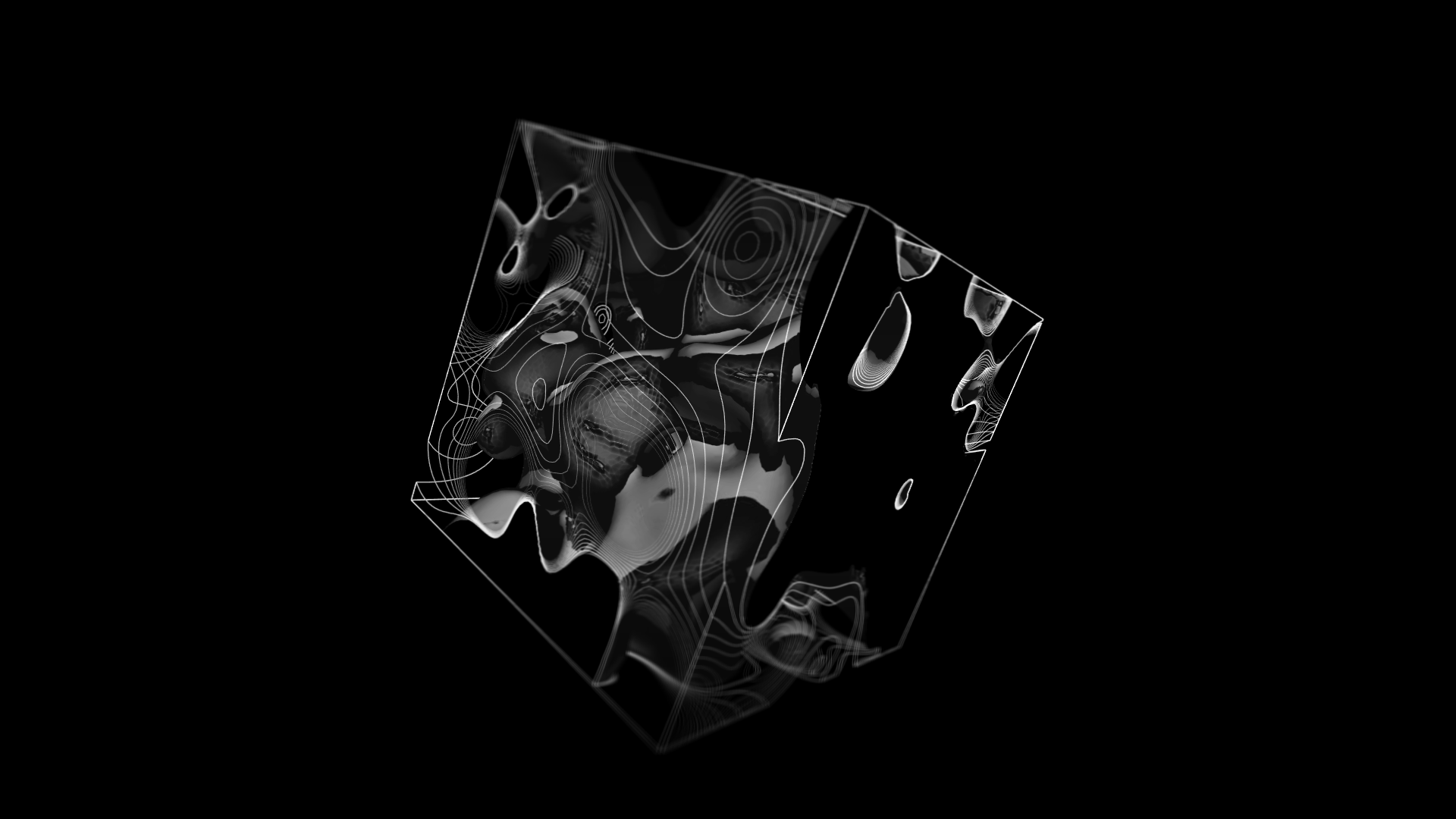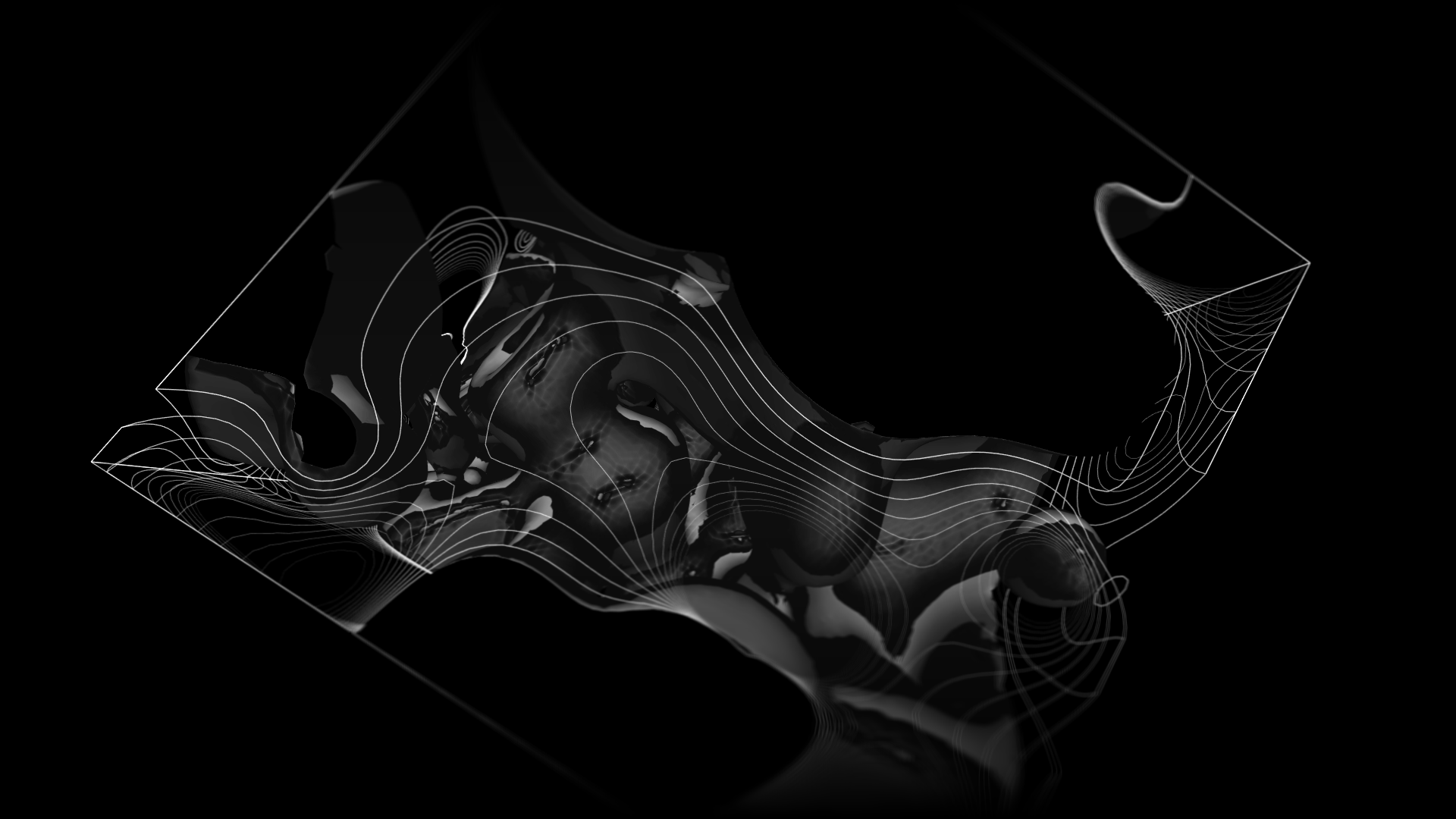Quantum Foam
The sculpture cast in concrete is an artistic data visualisation of the quantum vacuum, the lowest energy state of the invisible Universe.
Perhaps the most important effect of quantum theory on the arts in general is as a kind of reminder and challenge. The world is not a Turing machine, a perfect logical computation machine. Our apparently solid and predictable world is based on an underlying reality that does not operate by deterministic one-way cause and effect, but by a strange sort of harmonic correspondence among indeterminate entities, whose very being is only a probability.
How can one visualise something immaterial, short lived and universal as quantum fluctuations? In classical physics (applicable to macroscopic phenomena), empty space-time is called the vacuum. The classical vacuum is utterly featureless. However, in quantum mechanics (applicable to microscopic phenomena), the vacuum is a much more complex entity. It is far from featureless and far from empty. Quantum fluctuations are the temporary appearance of energetic particles out of nothing, as allowed by the Uncertainty Principle. For example, a particle pair can pop out of the vacuum during a very short time interval, and then annihilate one another in accordance with the Uncertainty Principle.
Quantum Foam is a collaboration with the Australian National University, Department of Quantum Science lead by Dr. Thomas Seymul. By tapping into a physical quantum source we can generate true random numbers which drive the Quantum Foam shape. Special thanks to Frederik Vanhoutte for his support.





